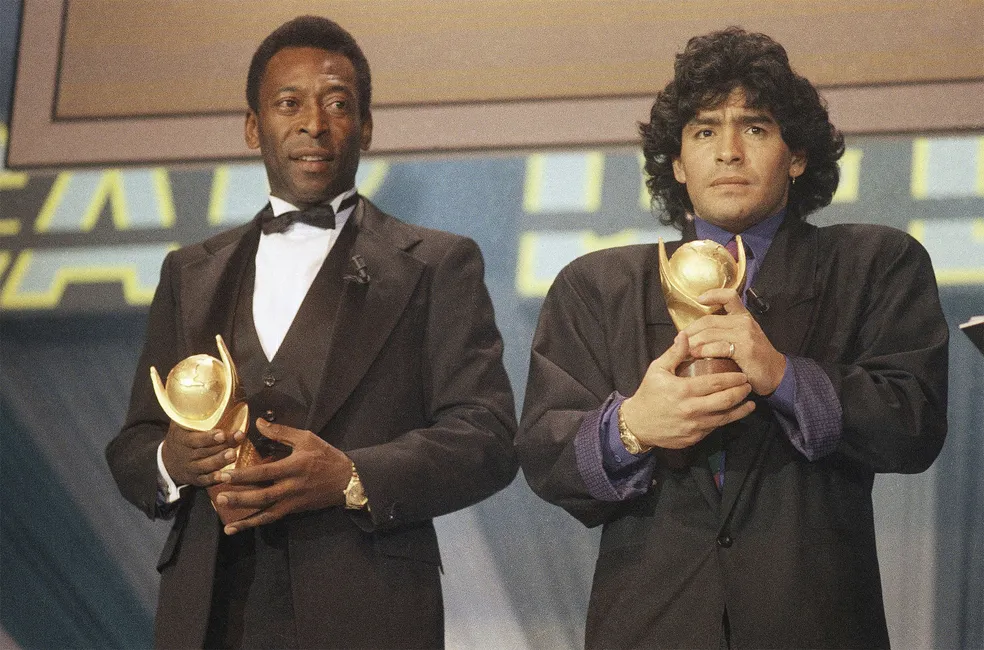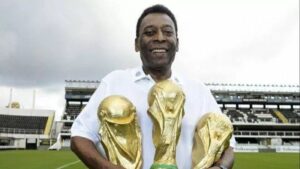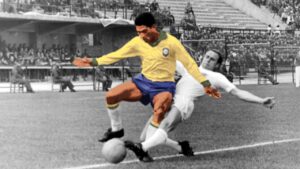Beyond Pelé and Maradona: 15 Underrated World Cup Legends
World Cup history is dominated by iconic names: Pelé, Maradona, Zidane, Messi, Ronaldo. Their legendary status is undisputed. But beyond these household names lies a rich history populated by phenomenal players whose crucial contributions and consistent brilliance on the biggest stage often fly under the radar. These are the underrated World Cup legends, the unsung heroes who deserve far more recognition.
They might not have the global fame or the marketing appeal of the biggest superstars, but their impact on specific tournaments or their national teams was immense. They were the consistent performers, the tactical linchpins, the surprise stars, or the players whose peak coincided perfectly with the World Cup. It’s time to shine a light on these often-overlooked football greats.
Explore the careers of 15 underrated World Cup legends who left their mark:
1. Just Fontaine (France)
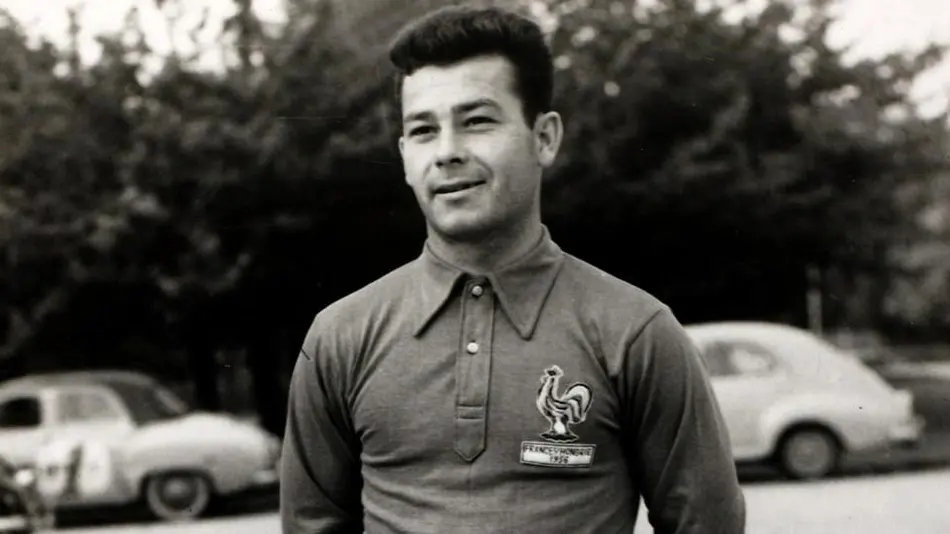
While his record of 13 goals in a single tournament (1958) is famous among trivia buffs, Fontaine himself isn’t always mentioned alongside the all-time great strikers. His World Cup career was tragically cut short by injury, meaning that incredible 1958 performance was his only appearance. Scoring 13 goals in 6 games is legendary, period.
2. Grzegorz Lato (Poland)
The Golden Boot winner of the 1974 World Cup with 7 goals, Lato was a key figure in Poland’s golden generation that finished third in both 1974 and 1982. A speedy winger with a keen eye for goal, Lato scored 10 World Cup goals in total across three tournaments (1974, 1978, 1982) and was consistently Poland’s main threat. He remains Poland’s most capped player.
3. Teófilo Cubillas (Peru)
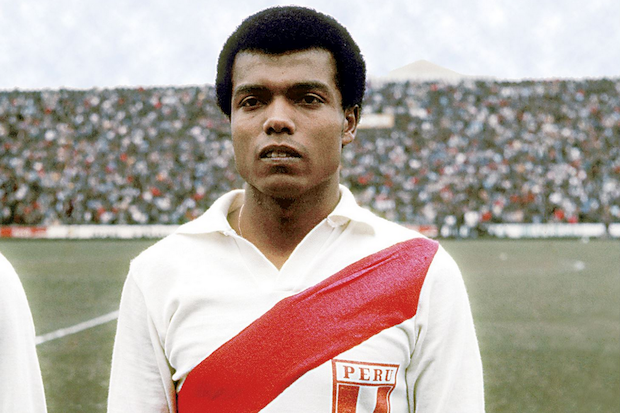
One of the greatest players Peru ever produced, Cubillas shone brightly at the World Cups he graced. He scored 5 goals in 1970 (helping Peru reach the quarters) and another 5 in 1978. He is one of only three players (alongside Klose and Müller) to score five or more goals in two different World Cups. An attacking midfielder with incredible skill and powerful shooting.
4. Juan Alberto Schiaffino (Uruguay)
Considered by many to be Uruguay’s greatest ever player. Schiaffino was the creative genius behind Uruguay’s stunning 1950 World Cup victory, scoring the crucial equalizer in the deciding Maracanazo match against Brazil. He also starred in the 1954 tournament where Uruguay reached the semi-finals. An elegant inside-forward with sublime vision.
5. Helmut Rahn (West Germany)
Forever etched in German football history for scoring the winning goal in the 1954 “Miracle of Bern” final against Hungary. Rahn scored twice in that final and was a key player for West Germany across the 1954 and 1958 tournaments, netting 10 World Cup goals in total. A powerful winger known for his crucial goals.
6. Giuseppe Meazza (Italy)
While Vittorio Pozzo coached Italy to victory in 1934 and 1938, Meazza was the team’s captain and star player in the 1938 triumph. Considered one of Italy’s first true superstars and greatest ever players, his influence on those early Italian successes is sometimes overshadowed by the focus on the coach or later legends. The San Siro stadium is officially named in his honour.
7. Leonidas da Silva (Brazil)

The “Black Diamond,” Leonidas was the top scorer (with 7 or 8 goals, sources differ) and star player of the 1938 World Cup, where Brazil finished third. He is often credited with popularizing or even inventing the bicycle kick. His pre-Pelé era brilliance is often overlooked.
8. Karl-Heinz Schnellinger (West Germany)
A highly consistent and versatile defender who played in four consecutive World Cups (1958, 1962, 1966, 1970). He was a runner-up in 1966 and third place in 1970. His most famous moment was scoring a dramatic 90th-minute equalizer against Italy in the 1970 semi-final (“Game of the Century”), his only international goal.
9. Dragan Džajić (Yugoslavia)
Widely regarded as one of the greatest wingers ever, Džajić starred for Yugoslavia in the 1974 World Cup. While his international tournament peak might have been Euro 1968 (where he was top scorer), his skill, dribbling, and crossing ability were world-class and influential on the World Cup stage.
10. Enzo Francescoli (Uruguay)

An elegant, supremely skillful attacking midfielder nicknamed “El Príncipe” (The Prince). Francescoli represented Uruguay in the 1986 and 1990 World Cups. While Uruguay didn’t achieve great success in those tournaments, Francescoli’s individual brilliance and artistry inspired many, including a young Zinedine Zidane, who named his son Enzo after him.
11. Josef Masopust (Czechoslovakia)
The inspirational captain and playmaker who led Czechoslovakia to the 1962 World Cup final against Brazil, scoring the opening goal. He won the Ballon d’Or that year, largely thanks to his World Cup performances. A complete midfielder known for his dribbling, passing, and leadership.
12. Matthias Sindelar (Austria)
The captain of Austria’s legendary “Wunderteam” that finished fourth in the 1934 World Cup. Known as “The Paper Man” for his slight build and ability to glide past defenders, Sindelar was one of the best players in the world in the 1930s. His story also has a tragic political dimension, as he refused to play for Germany after the Anschluss and died under mysterious circumstances in 1939.
13. Rinat Dasayev (Soviet Union)
Considered one of the greatest goalkeepers in the world during the 1980s, Dasayev represented the USSR at three World Cups (1982, 1986, 1990). Nicknamed “The Iron Curtain,” he was known for his reflexes, command of his area, and consistency, providing a formidable last line of defence.
14. Sandor Kocsis (Hungary)
While Ferenc Puskás is the most famous name from Hungary’s “Magical Magyars,” Kocsis was their lethal finisher. He scored an incredible 11 goals in just 5 games at the 1954 World Cup, winning the Golden Boot. Known for his incredible heading ability, his goal tally in that single tournament is second only to Just Fontaine’s.
15. Obdulio Varela (Uruguay)
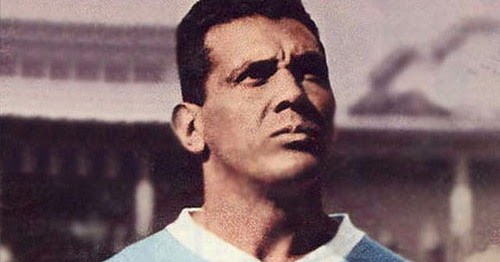
The formidable captain and defensive midfielder of Uruguay’s 1950 World Cup-winning team. Known as “The Black Chief,” Varela was the undisputed leader on the pitch. His most famous act came during the Maracanazo final: after Brazil scored, he deliberately delayed the restart by arguing with the referee (retrieving the ball himself and demanding a translator), successfully silencing the crowd and calming his teammates before Uruguay mounted their comeback.
These underrated World Cup legends remind us that football history is full of incredible talents whose stories deserve to be told and celebrated alongside the most famous names.
Sources:
- Fontaine: Wikipedia (Just Fontaine), FIFA.com
- Lato: Wikipedia (Grzegorz Lato), FIFA.com
- Cubillas: Wikipedia (Teófilo Cubillas), FIFA.com
- Schiaffino: Wikipedia (Juan Alberto Schiaffino), The Guardian
- Rahn: Wikipedia (Helmut Rahn), FIFA.com
- Meazza: Wikipedia (Giuseppe Meazza), FIFA.com
- Leonidas: Wikipedia (Leônidas da Silva), FIFA.com
- Schnellinger: Wikipedia (Karl-Heinz Schnellinger)
- Džajić: Wikipedia (Dragan Džajić), UEFA.com
- Francescoli: Wikipedia (Enzo Francescoli), Sky Sports
- Masopust: Wikipedia (Josef Masopust), FIFA.com
- Sindelar: Wikipedia (Matthias Sindelar), The Guardian
- Dasayev: Wikipedia (Rinat Dasayev), World Soccer Magazine archives
- Kocsis: Wikipedia (Sándor Kocsis), FIFA.com
- Varela: Wikipedia (Obdulio Varela), The Guardian
- General Underrated Lists: Bleacher Report, Squawka, Various football forums
